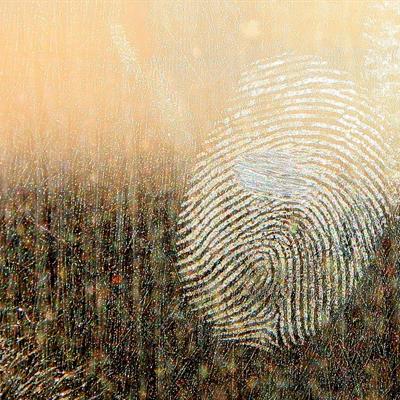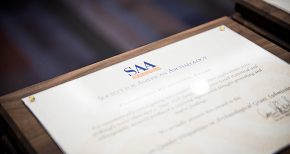
Registration Closed!
Forensic Archaeology: Theory and Practice
When: December 11, 2018 2:00-4:00 PM ET
Duration: 2 hours
Certification: RPA-certified
Pricing
Individual Registration: $99 for SAA members; $139 for non-members
Group Registration: $139 for SAA members; $179 for non-members
Kimberlee Sue Moran, MSc, RPA has been an archaeologist, educator, and forensic consultant since 2002. She holds an undergraduate degree in archaeology from Bryn Mawr College and a Master of Science degree in forensic archaeological science from the Institute of Archaeology at University College London. Kimberlee has worked on a number of cases in a range of capacities both in the UK and US. She provides forensic services and training to legal professionals. She helped to launch the JDI Centre for the Forensic Sciences in 2010 and has run an educational organization, Forensic Outreach, since 2004. Kimberlee is a member of the CSI sub-committee, part of the Organization of Scientific Area Committees under the National Institute for Science and Technology (NIST) tasked with establishing standards of best practice for forensic science. She is an Associate Teaching Professor and Director of Forensic Science at Rutgers University – Camden.
This two-hour seminar will introduce participants to the intersection of archaeological and forensic methods and techniques. Through this course, participants will learn the ways that archaeology can provide standards of best practice for crime scene investigation. Participants will become familiar with both the theory behind forensic archaeology as well as the methods that distinguish it from other forms of archaeology. Finally, the seminar will discuss the forensic recovery of human remains using archaeological techniques in order to maximize evidence recovery at outdoor crime scenes.
- Understand and be able to articulate the core theoretical concepts that form the foundation of forensic archaeology today
- Understand how an outdoor scene should be processed using archaeological methods and how human remains should be excavated to ensure optimal evidence recovery
- Be familiar with the tools, techniques, and data sources necessary for empirical analysis of environmental evidence
- Be able to apply their understanding of core concepts and practical tools to the evaluation of real-world casework, including current crime scene processing procedures for outdoor scenes and clandestine grave excavation, and assess the practicality of utilizing environmental evidence


